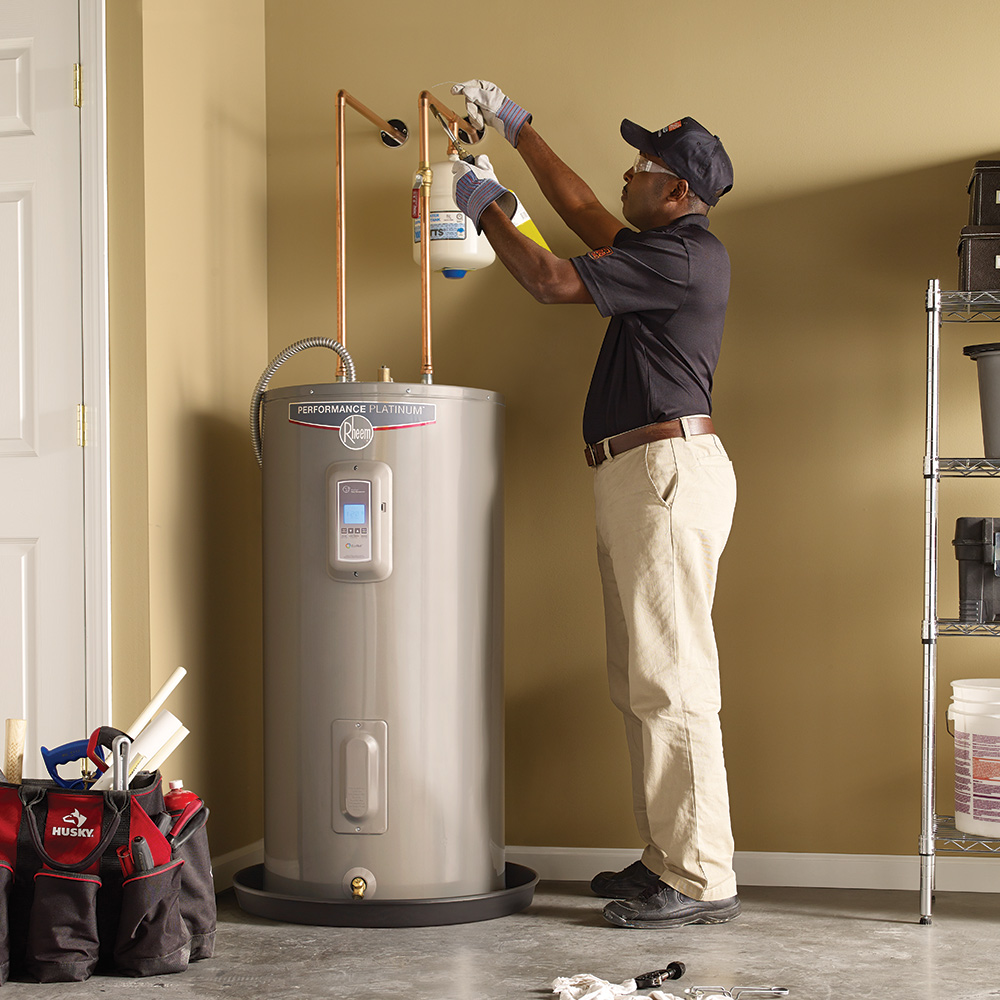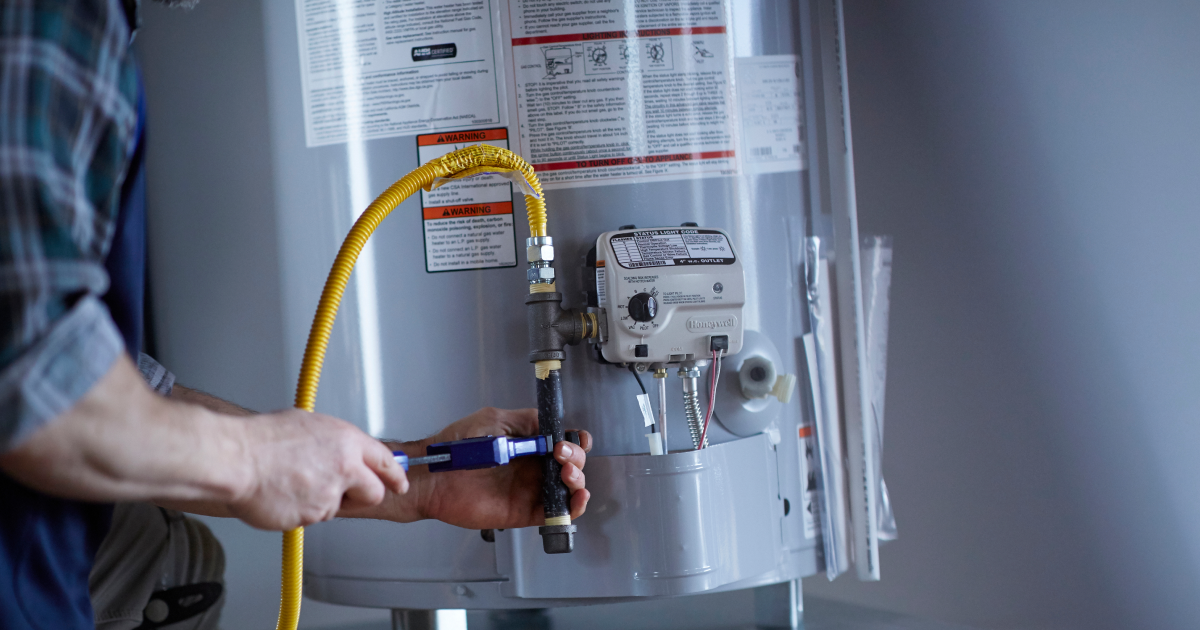Ensuring Longevity of Your Home's Hot Water System: Care Advice
Ensuring Longevity of Your Home's Hot Water System: Care Advice
Blog Article
Just about everyone maintains their private thinking with regards to Water Heater Maintenance Tips You Can't Afford to Forget.

Warm water is crucial for everyday convenience, whether it's for a refreshing shower or washing meals. To guarantee your hot water system runs successfully and lasts much longer, routine upkeep is vital. This post supplies useful tips and understandings on exactly how to preserve your home's warm water system to avoid interruptions and costly fixings.
Intro
Maintaining your home's warm water system could appear difficult, but with a couple of easy actions, you can ensure it runs efficiently for many years ahead. This overview covers everything from recognizing your hot water system to do it yourself maintenance tips and recognizing when to contact specialist assistance.
Relevance of Preserving Your Hot Water System
Routine maintenance not only expands the life expectancy of your warm water system but additionally ensures it runs efficiently. Disregarding maintenance can cause decreased effectiveness, greater energy costs, and even premature failing of the system.
Signs Your Hot Water System Demands Maintenance
Recognizing when your warm water system needs interest can protect against major problems. Keep an eye out for indications such as irregular water temperature, unusual sounds from the heater, or rustic water.
Recognizing Your Hot Water System
Before diving right into maintenance tasks, it's handy to understand the fundamental parts of your warm water system. Typically, this includes the hot water heater itself, pipes, anode poles, and temperature controls.
Monthly Maintenance Tasks
Routine monthly checks can aid catch minor concerns before they intensify.
Purging the Hot Water Heater
Flushing your water heater eliminates debris build-up, improving effectiveness and extending its life.
Monitoring and Changing Anode Rods
Anode poles prevent rust inside the storage tank. Evaluating and changing them when broken is essential.
Examining and Changing Temperature Setups
Readjusting the temperature level setups makes certain optimum efficiency and safety and security.
DIY Tips for Maintenance
You can perform several upkeep tasks on your own to keep your warm water system in top problem.
Checking for Leaks
Consistently evaluate pipelines and links for leakages, as these can cause water damage and higher bills.
Testing Pressure Relief Valves
Checking the pressure relief valve ensures it operates appropriately and protects against too much stress build-up.
Shielding Pipelines
Protecting hot water pipes lowers warmth loss and can conserve power.
When to Call an Expert
While DIY upkeep is beneficial, some concerns need expert experience.
Facility Problems Requiring Specialist Assistance
Examples consist of significant leaks, electrical troubles, or if your water heater is consistently underperforming.
Regular Expert Maintenance Benefits
Specialist maintenance can include detailed assessments, tune-ups, and guaranteeing conformity with security requirements.
Verdict
Normal upkeep of your home's warm water system is necessary for efficiency, longevity, and expense financial savings. By adhering to these pointers and understanding when to look for specialist help, you can guarantee a dependable supply of hot water without unexpected disruptions.
How to Maintain an Instant Hot Water Heater
Before tinkering with your hot water heater, make sure that it’s not powered on. You also have to turn off the main circuit breaker and shut off the main gas line to prevent accidents. Also turn off the water valves connected to your unit to prevent water from flowing into and out of the appliance. 2. When you’re done, you have to detach the purge valves’ caps. These look like the letter “T†and are situated on either side of the water valves. Doing so will release any pressure that has accumulated inside the valves while at the same time avoid hot water from shooting out and burning your skin. 3. When the purge valves’ caps are removed, you have to connect your hosing lines to the valves. Your unit should have come with three hoses but if it didn’t, you can purchase these things from any hardware or home repair shops. You can also get them from retail stores that sell water heating systems. Read the user’s manual and follow it to complete this task properly. When the hosing lines are connected, open the purge port’s valves. 4. You should never use harsh chemical cleaners or solutions when cleaning your unit. Make use of white vinegar instead. It should be undiluted and you’ll probably use about 2 gallons. 5. Now flush your water heater. This task should probably take about 40 minutes. We can’t give you specific directions for this because the procedure is carried out depending on the type, model and brand of your heater. With that being said, refer to the user’s manual. 6. When you’re done draining the unit, you have to turn off the purge port valves again. Remove the hosing lines that you earlier installed on each of the water valves. Put the valve caps (purge port) back in their respective places and be very careful so as not to damage the rubber discs that are found inside these caps. 7. Now that everything’s back in place, check your user’s manual again to find out how to reactivate your water heating system. 8. Once it is working, turn one of your hot water faucets on just to let air pass through the heater’s water supply pipes. Leave the tap on until water flows smoothly out of it. https://www.orrplumbing.com/blog/2014/september/how-to-maintain-an-instant-hot-water-heater/

I am very curious about How to Maintain Your Water Heater & Prolong its Life and I am praying you enjoyed my entry. Be sure to take the time to share this blog post if you liked it. Thanks a lot for taking the time to read it.
Click Here Report this page